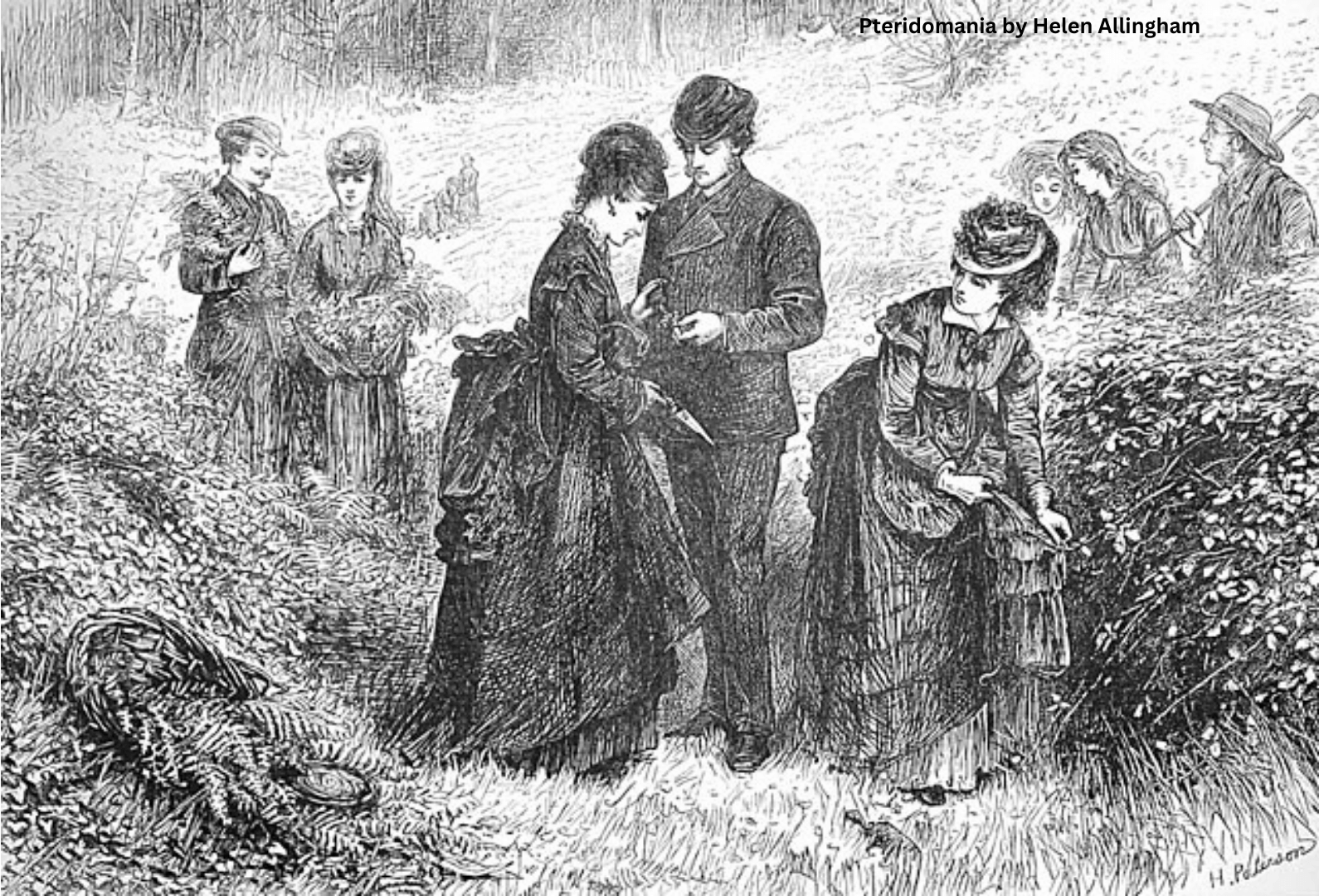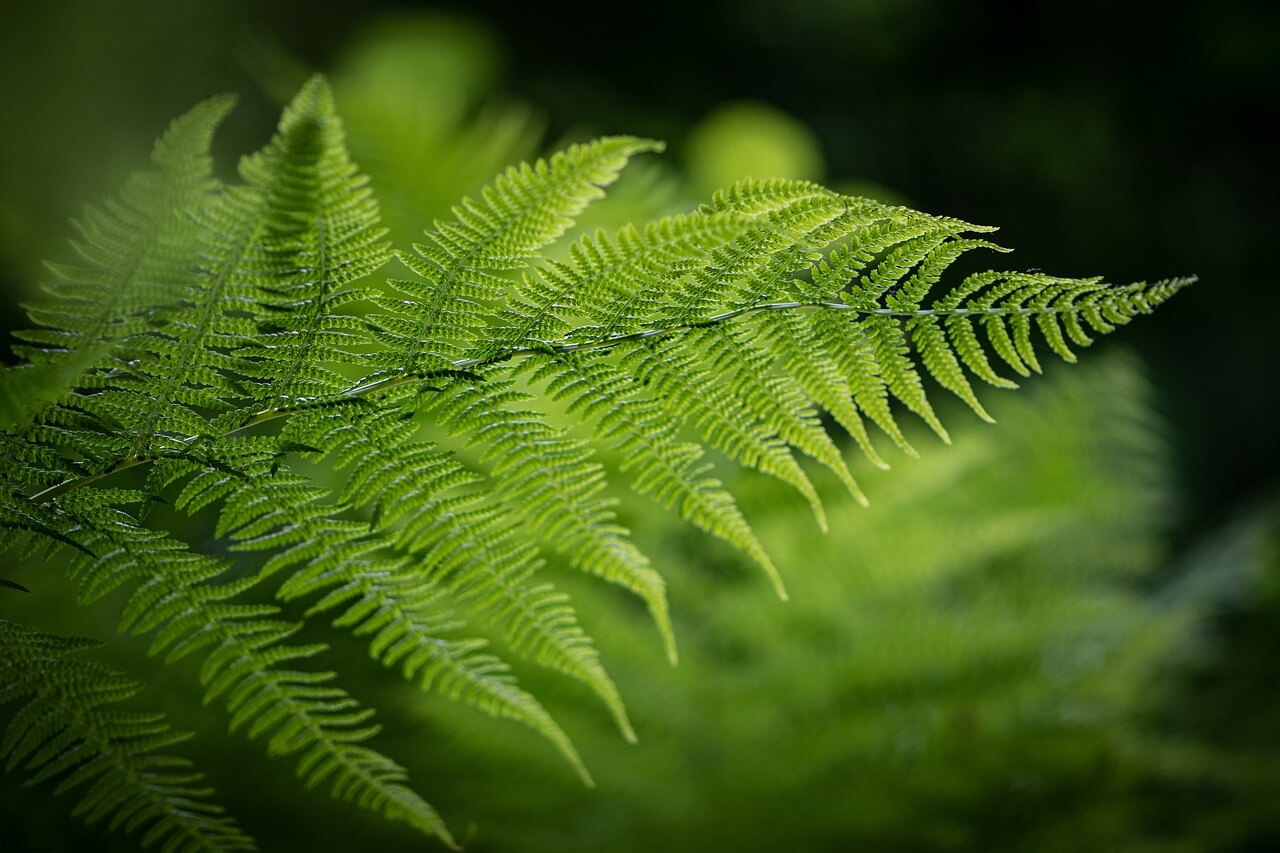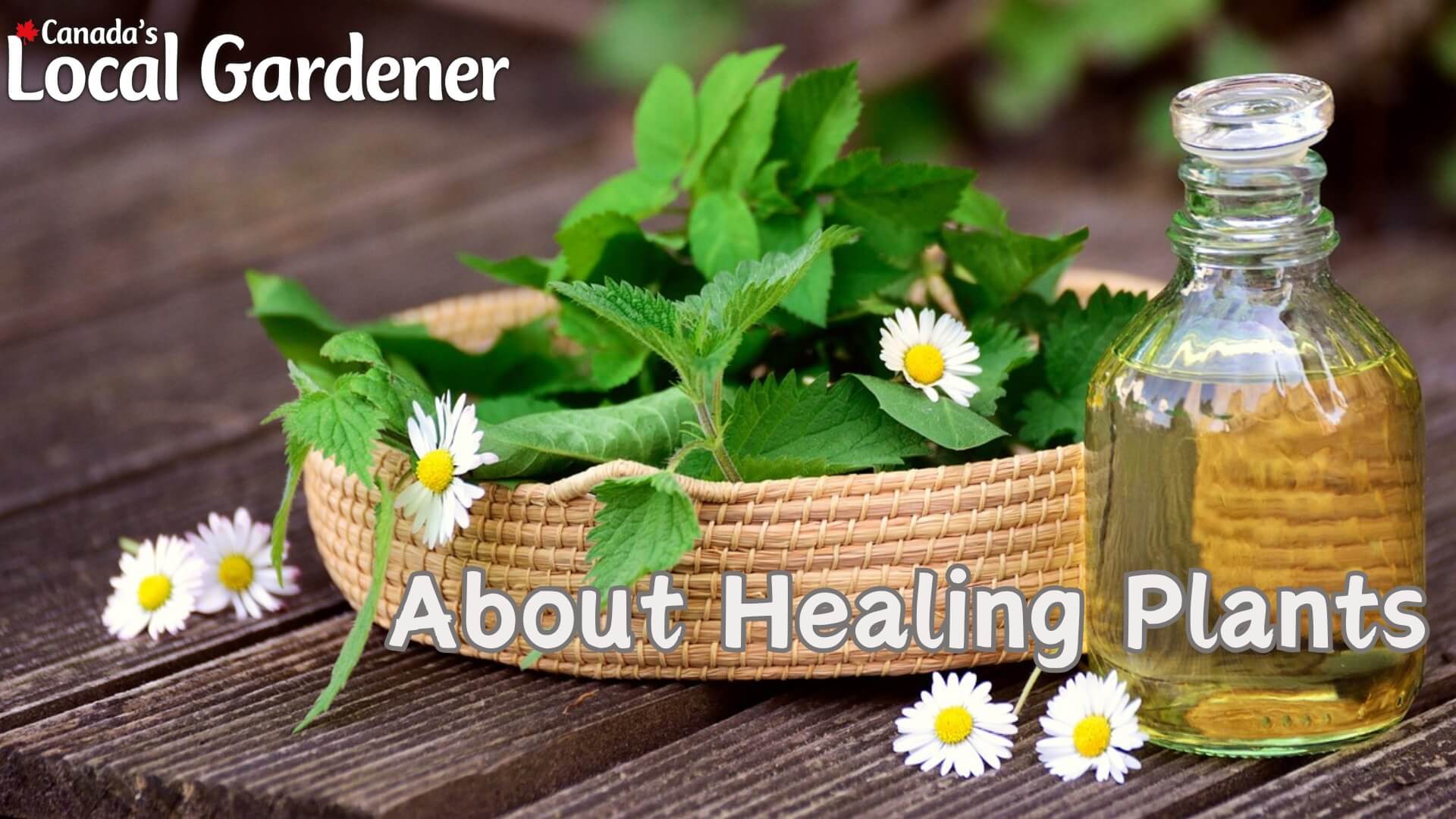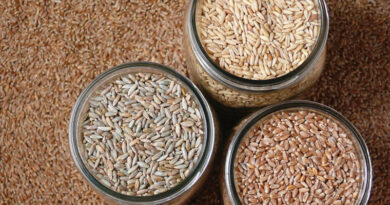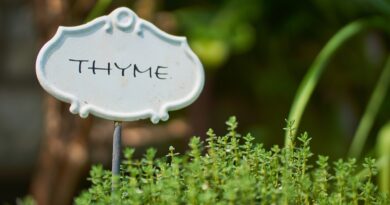The secret life of ferns: 10 strange and wonderful things
Ferns are among the oldest and most intriguing plants on Earth. With no flowers, no seeds, and a reproductive process that seems almost magical, they’ve captivated botanists, gardeners and nature lovers alike. Whether you’re drawn to their lush green fronds or their deep-rooted history, here are ten surprising facts that reveal the secret life of ferns.
1. They have no true flowers or fruit.
Botanically speaking, ferns are cryptogams—they reproduce without flowers or seeds. Instead, they rely on spores and a hidden stage of development. The word comes from Greek, meaning “hidden marriage,” a nod to their mysterious reproductive process.

2. They predate the dinosaurs.
Ferns have been around for over 360 million years. They flourished in the late Devonian period and were widespread during the Carboniferous erawell before flowering plants appeared.
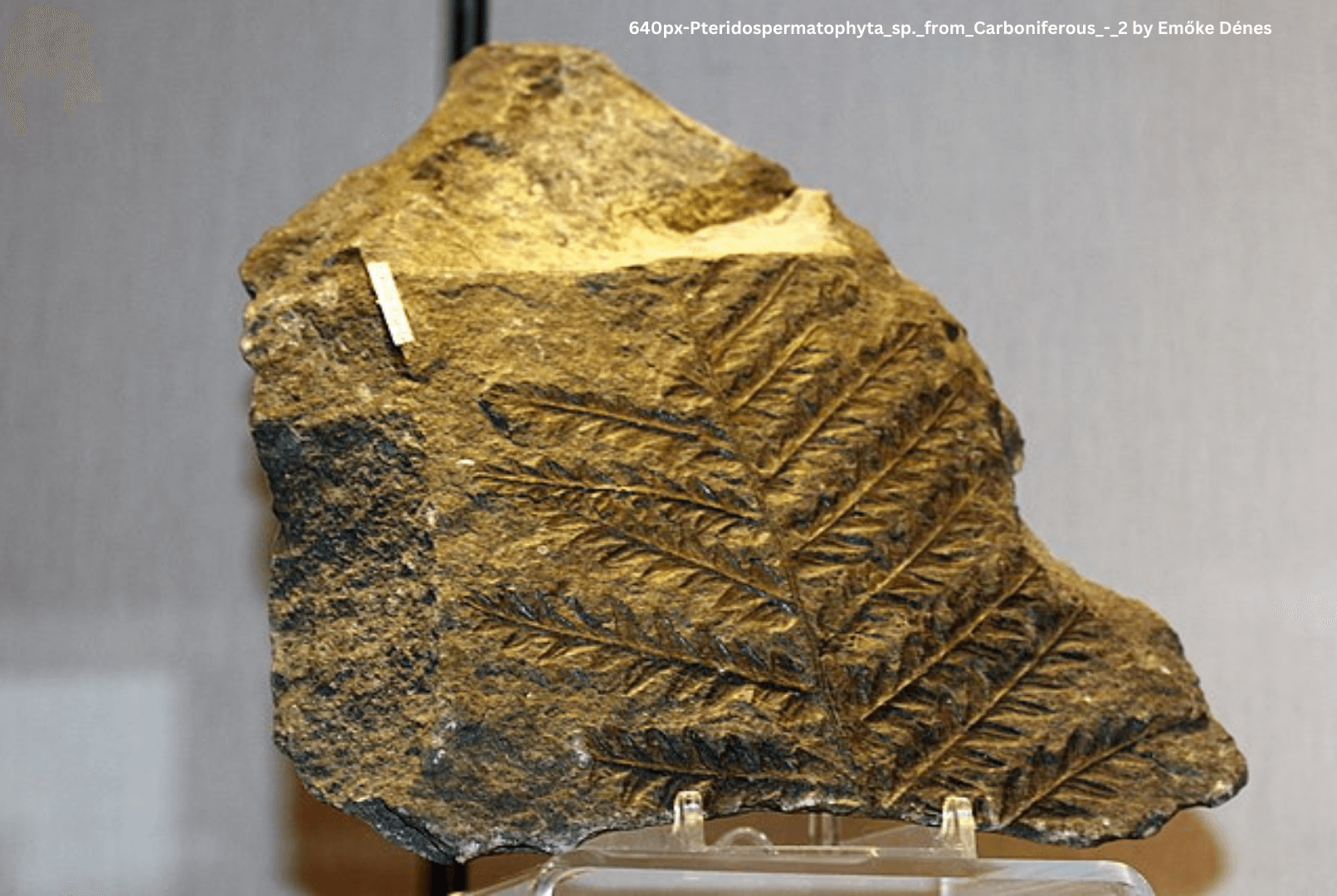
3. They reproduce with spores.
Unlike seed-bearing plants, ferns produce spores, which are tiny single cells that can grow into a new plant. These are typically found in small clusters called sori on the underside of fronds. The process requires moisture and is one reason ferns favour damp environments.
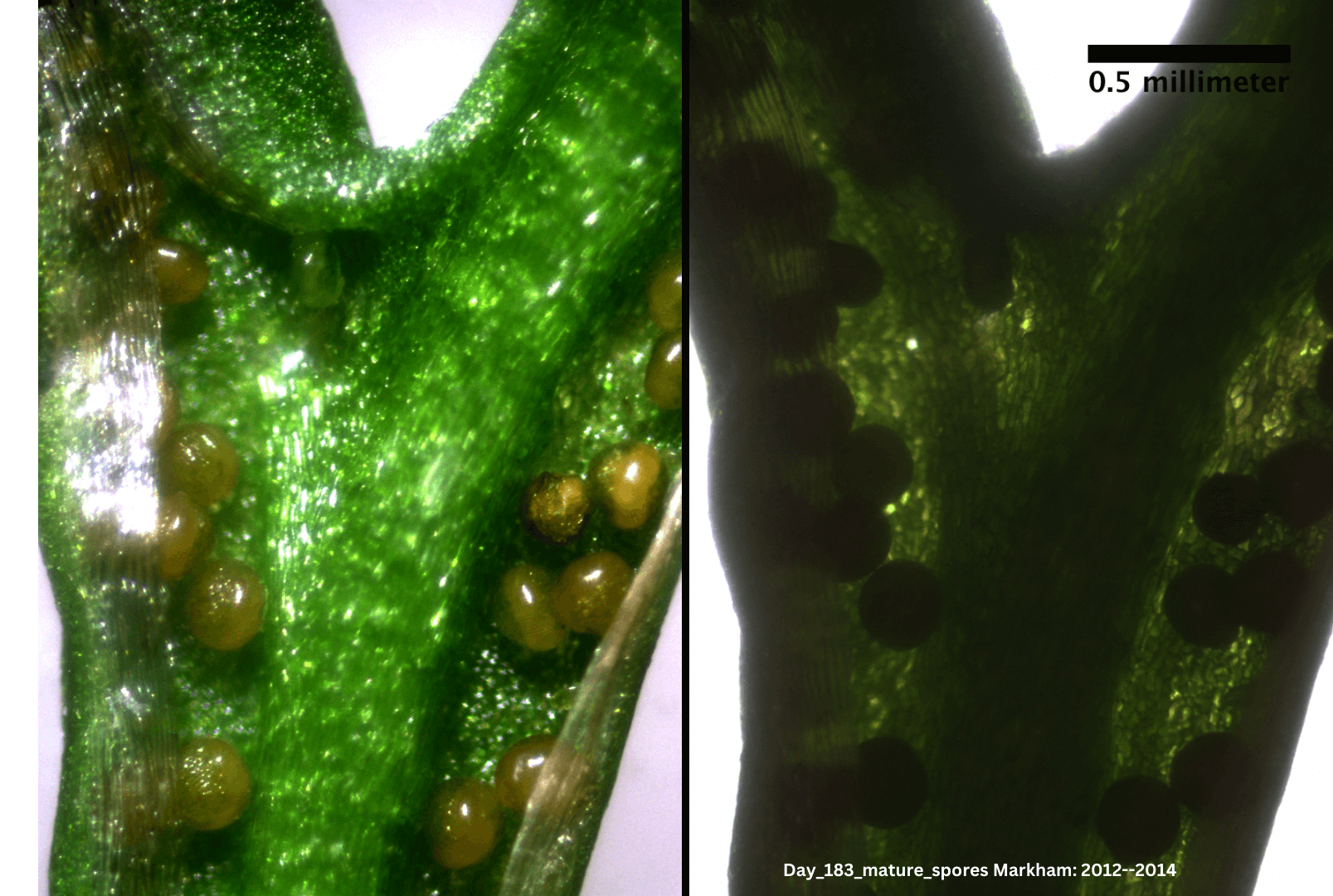
4. They have a fascinating two-stage life cycle.
Ferns alternate between two separate plant forms: the familiar leafy fern (called the sporophyte), and a tiny, heart-shaped structure called a gametophyte. The gametophyte produces sperm and eggs; fertilisation leads to the next generation of sporophytes. Both generations live independently for a time, which is unusual in the plant world. This unusual dual existence is part of the secret life of ferns, invisible to most gardeners.Here is a deeper dive into the two-stage process.
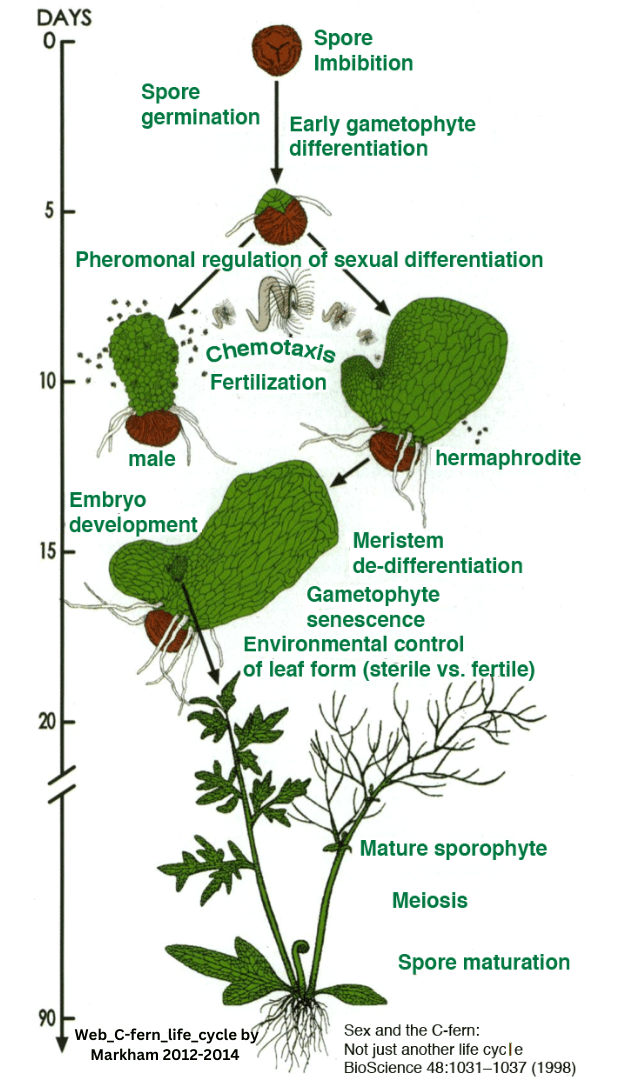
5. Some are hardy in the coldest parts of Canada.
Native ferns like Dryopteris carthusiana (spinulose wood fern) and Matteucciastruthiopteris (ostrich fern) can survive in Zone 2. They are commonly found in boreal forests and wet ditches across the Prairies and northern regions.
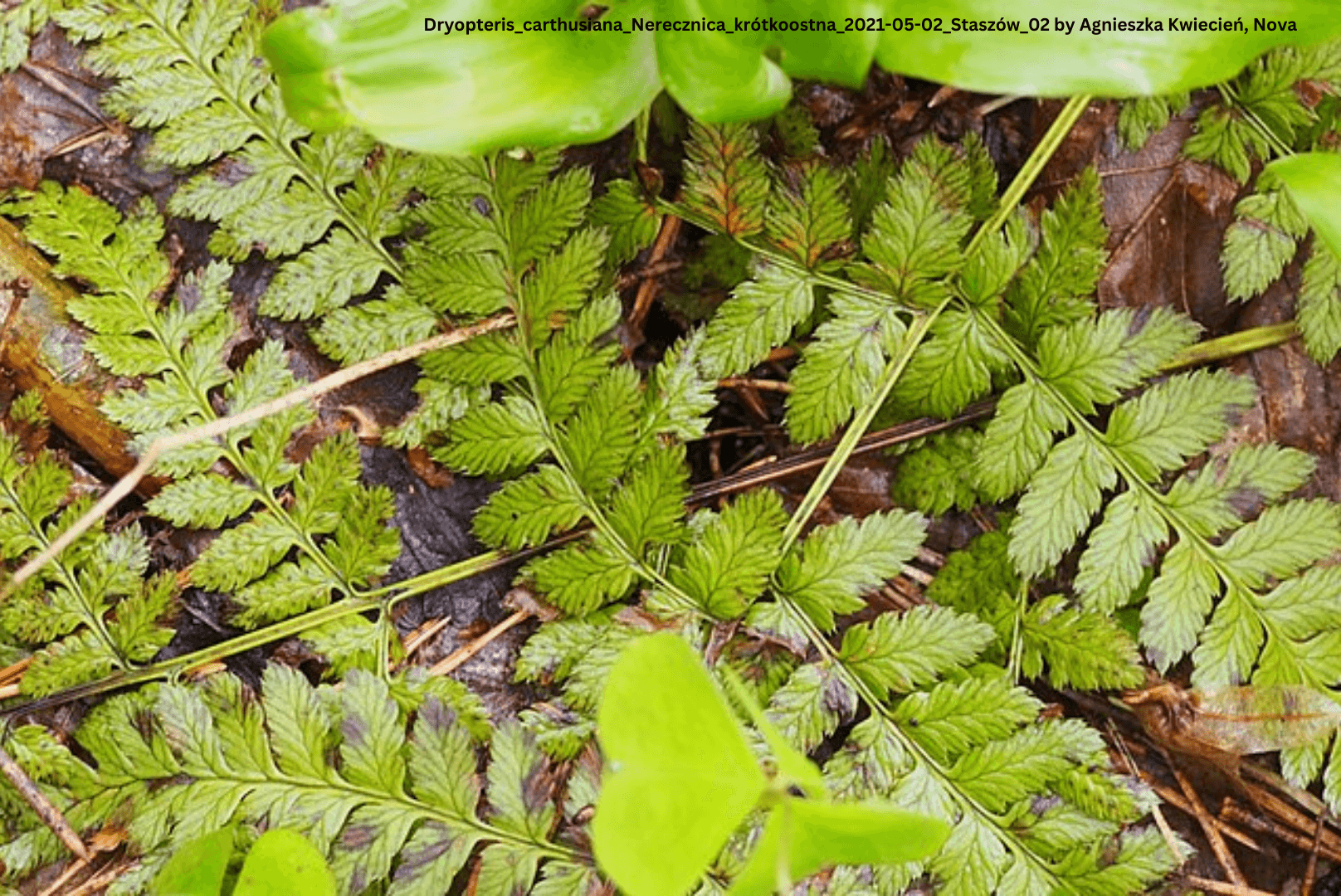
6. Fiddleheads are edible (but not all!).
The curled young fronds of ostrich ferns are a springtime delicacy in many parts of Canada. They’re high in antioxidants and omega-3 fatty acidsbut must be properly cooked to be safe, and only ostrich fern fiddleheads are recommended for eating.
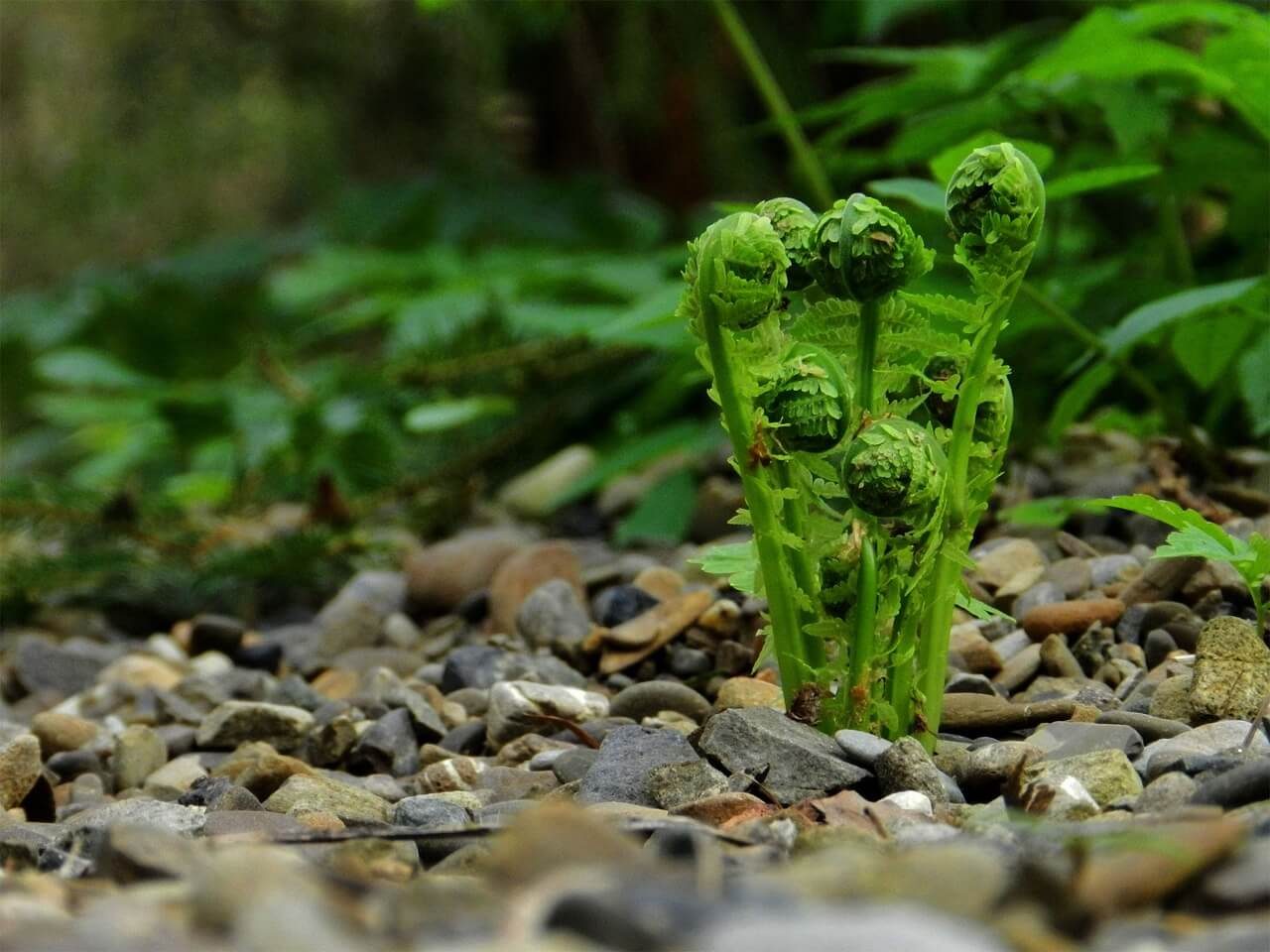
7. They don’t need direct sun.
Many ferns evolved in the shaded understory of ancient forests, so they are ideal for low-light areas in gardens or homes. They can thrive in dappled or indirect light and often suffer with too much sun.Read more about that here.
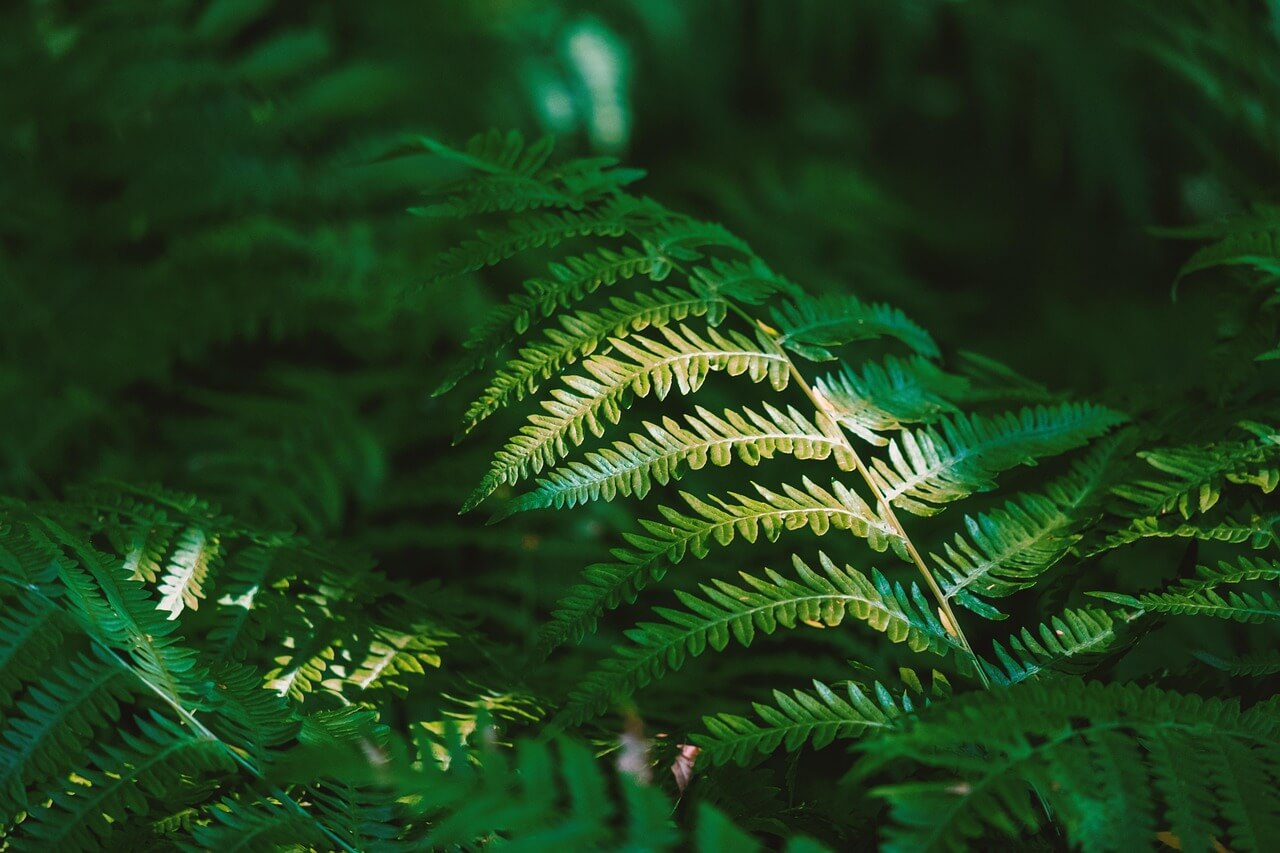
8. Ferns stabilise soil.
Their dense, fibrous root systems make ferns excellent groundcovers, especially on slopes or in disturbed woodland sites. They are often used in erosion control and habitat restoration.
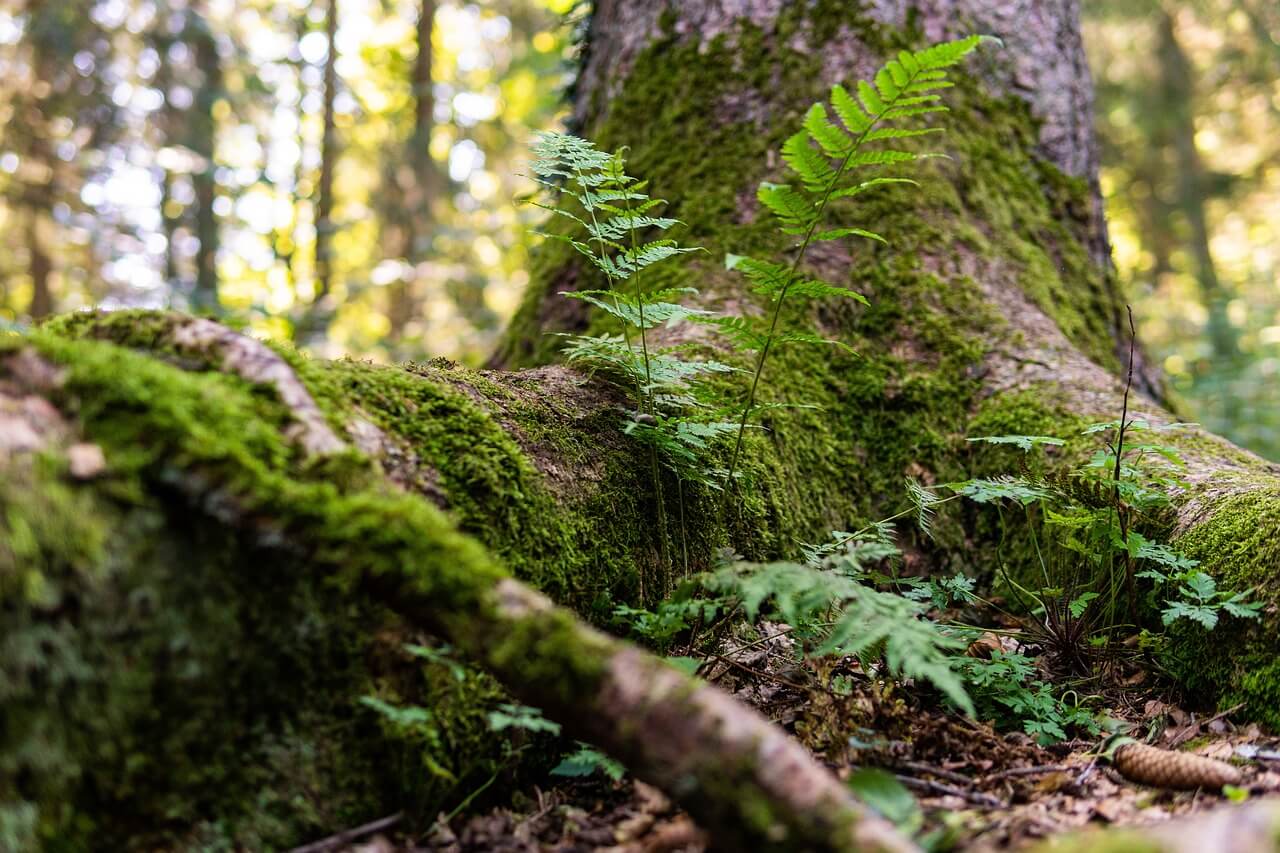
9. They come in incredible variety and habitats.
With over 10,000 known species, ferns range from delicate maidenhairs to tropical tree ferns. Some, like staghorn ferns (Platycerium spp.), grow epiphytically on trees, absorbing water and nutrients through their fronds. Others, like Asplenium trichomanes, cling to rock crevices and dry-stone walls.
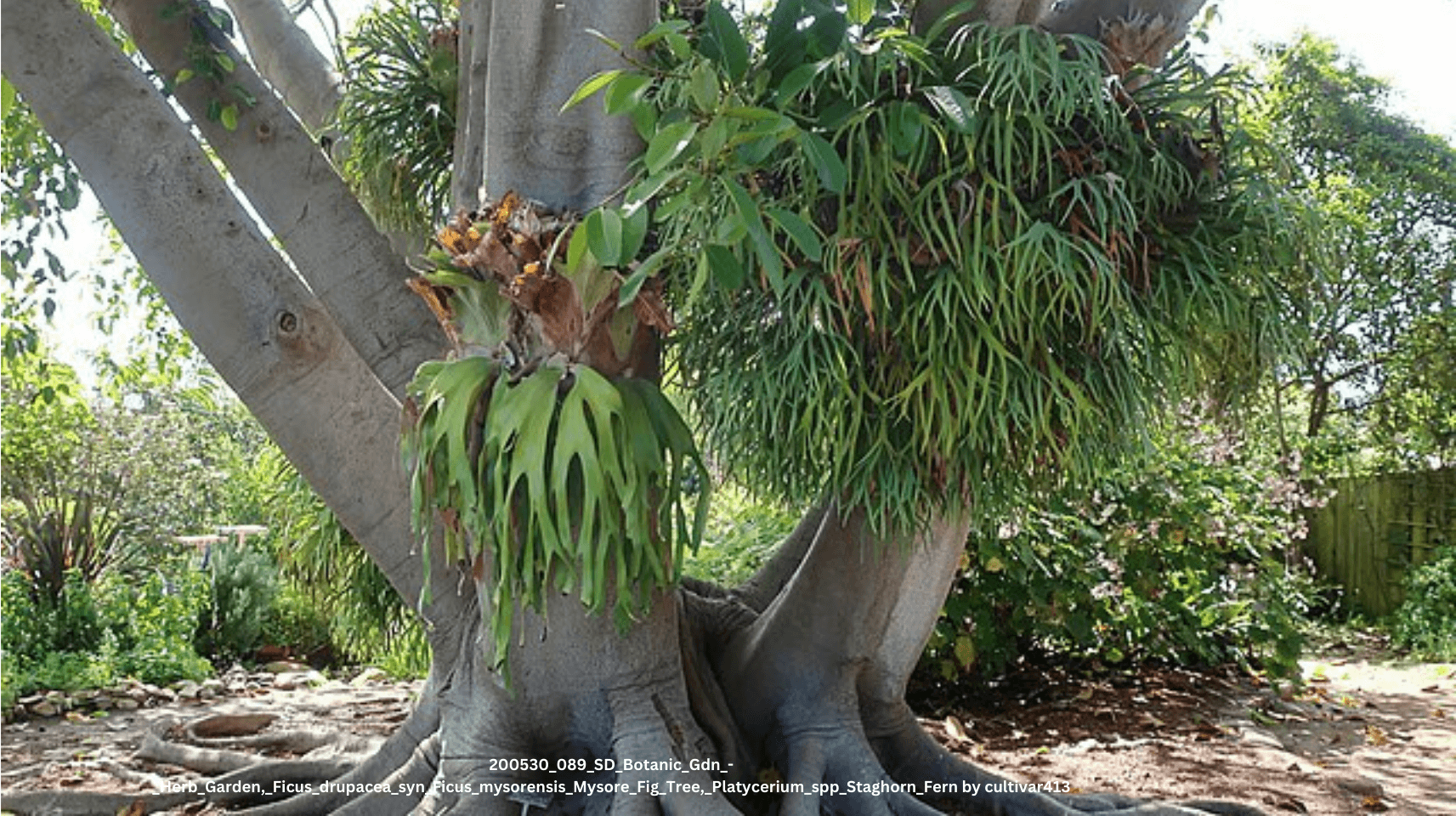
10. They’ve inspired gardeners for centuries.
Ferns were at the centre of “pteridomania” in the Victorian era, when fern collecting and cultivation became wildly popular. Today, their finely divided fronds and graceful forms still make them favourites in shade gardens, woodland paths, and indoor pots. Their mysterious charm and long history continue to spark fascination. It’s just another chapter in the secret life of ferns.
